Discretion vs. Mandatory Admission: Future of Section 7(5)(a) of the Insolvency and Bankruptcy Code, 2016
When it comes to a detailed and again rather complicated legal framework of insolvency law under the Insolvency and Bankruptcy Code, 2016,(IBC) the key point is the commencement of the Corporate Insolvency Resolution Process (CIRP). This process is intended to assist firms that are in deficit and also to aid in avoiding being caught in the financial debt trap.

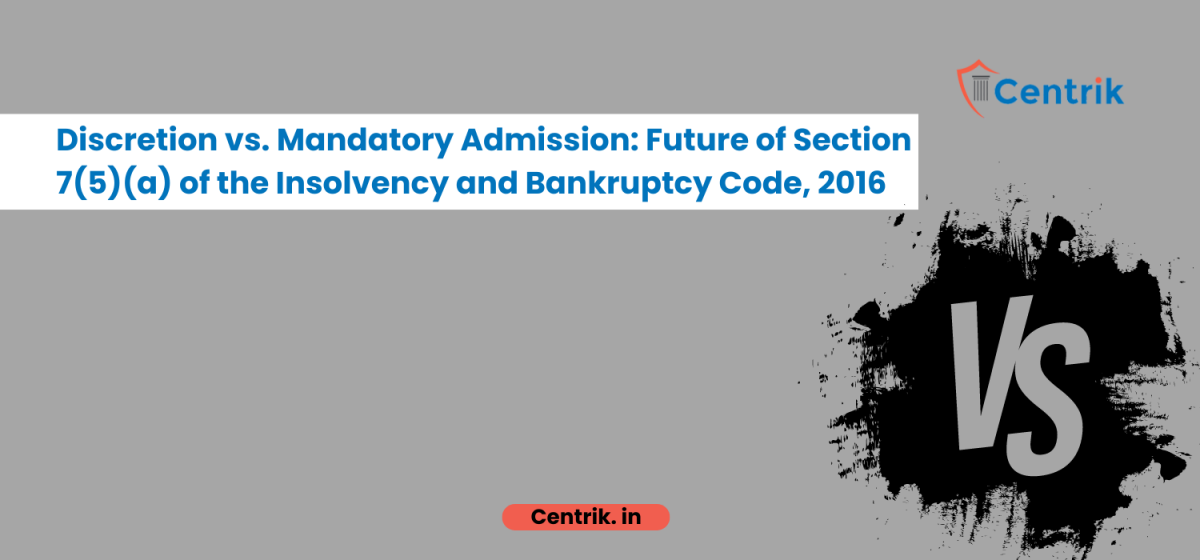
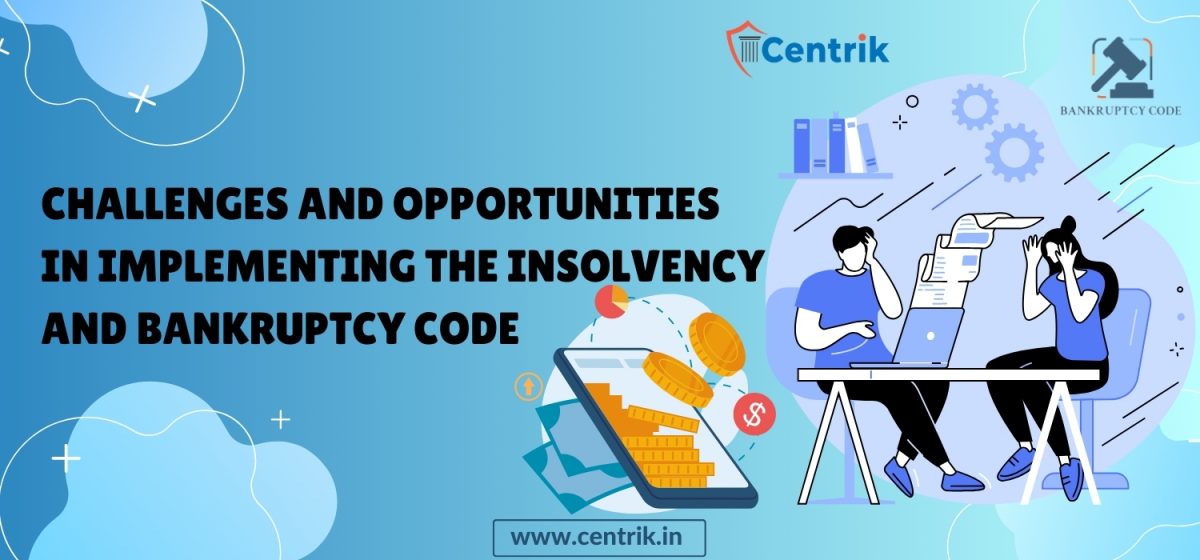

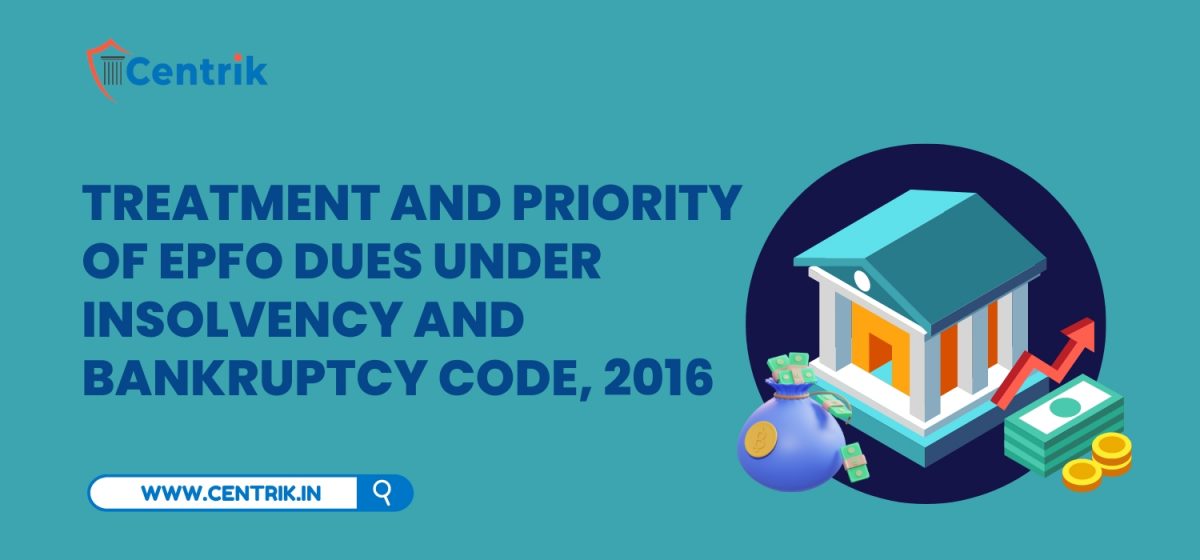
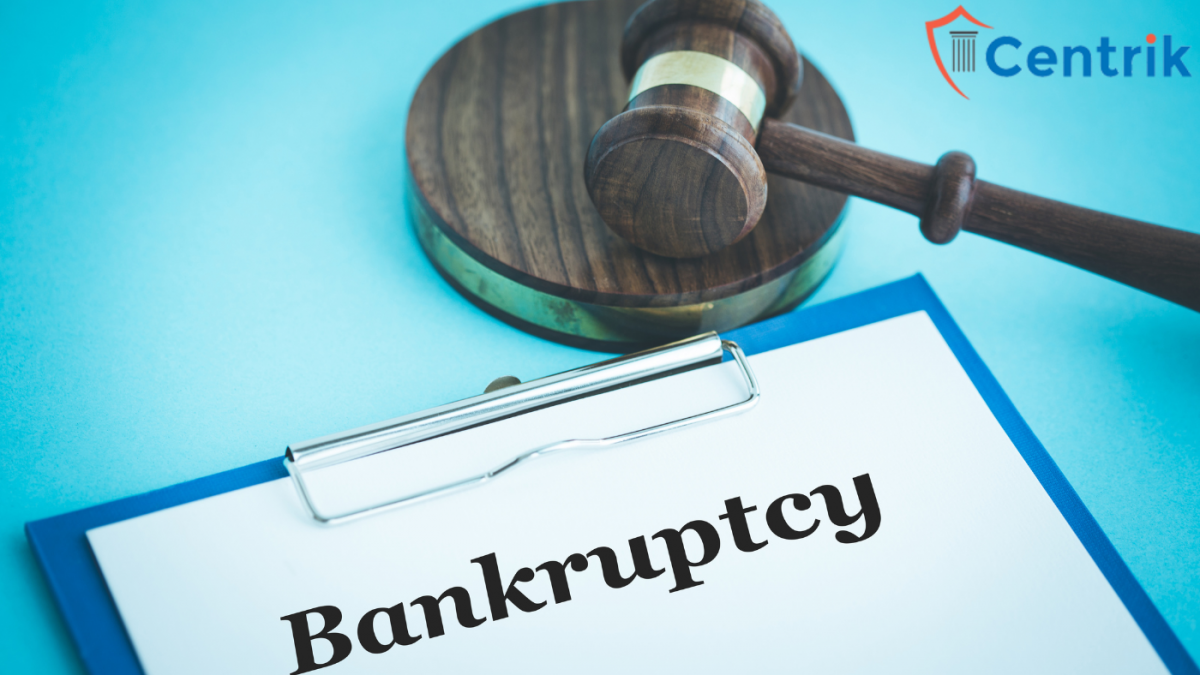
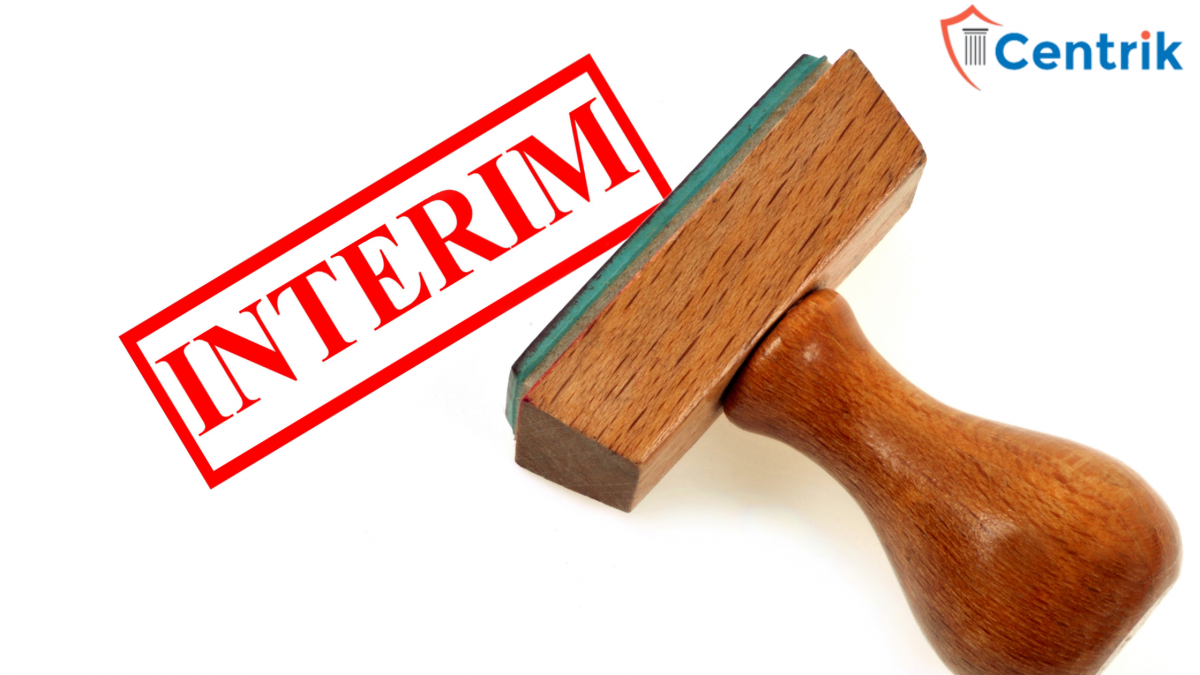
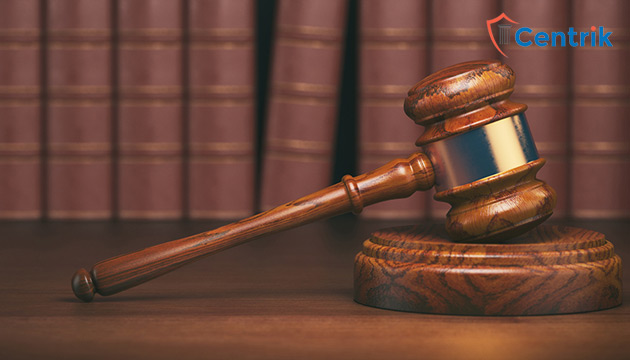
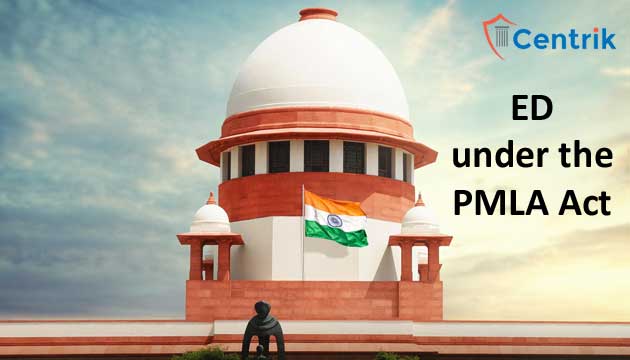
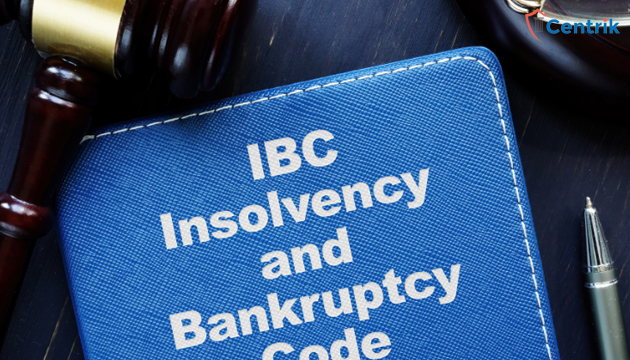
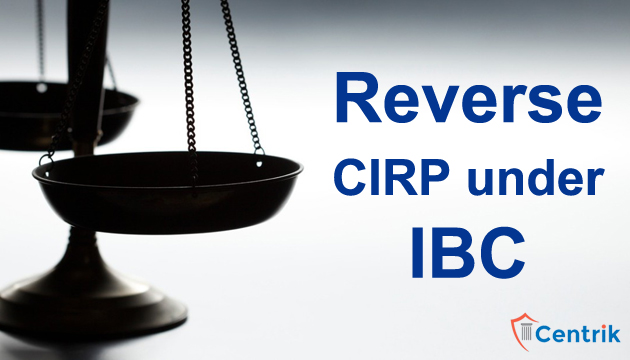
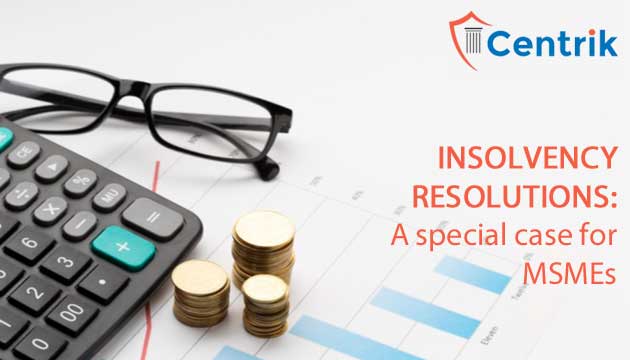



 join For Updates
join For Updates